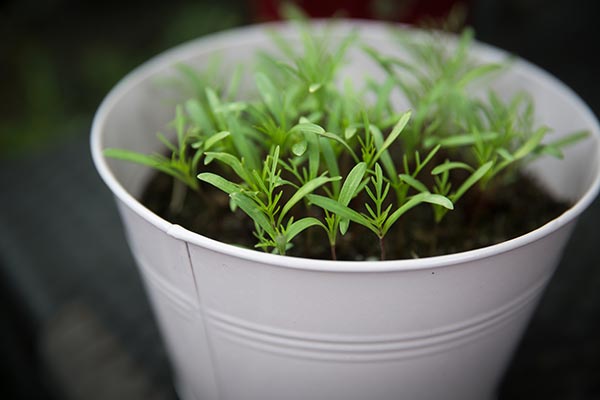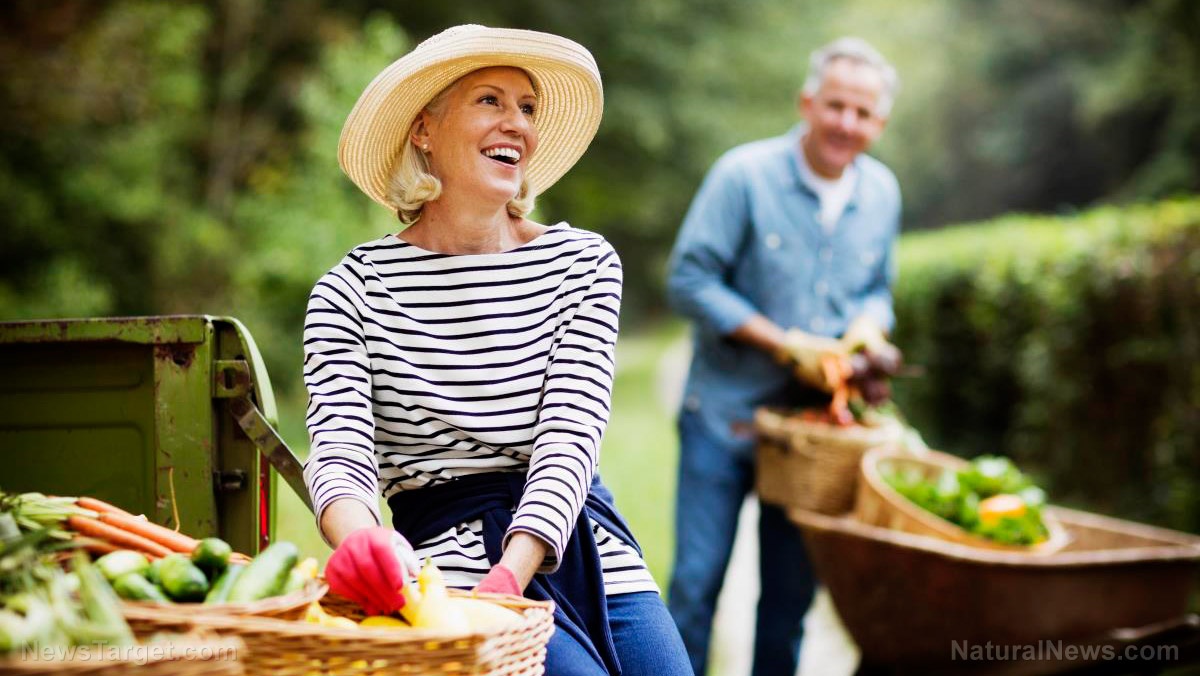
Advertisement
Reported cases of COVID-19 continue to rise. On April 28, Bloomberg reported that the number of confirmed cases totaled 3.1 million worldwide. It doesn’t look like lockdowns will be lifted soon, so it’s important to prepare for a possible food crisis.
In times like these, a garden is indispensable. It not only saves you money, but it also gives you a steady supply of nutritious foods to survive the pandemic. Unfortunately, most city dwellers do not have the luxury of lawns and backyards. Apartment complexes offer little to no space for old-fashioned gardens. And even if you have a community garden, it might not be the best time to visit or participate due to self-quarantine protocols.
Indoor gardening ideas
A lack of outdoor space doesn’t mean you can’t start a garden. At least, not in the conventional sense. There are various ways to circumvent the dilemma of space. Here are five indoor gardening ideas you can try during the coronavirus lockdown. (h/t to Food52.com)
Set up a container garden
Put those old tin cans and plastic containers to good use and set up a container garden. Prepare each container with rich, loam soil and make sure to punch holes on the bottom for drainage. Plant staple vegetables like lettuce, tomatoes, carrots and potatoes or cultivate fruits like blueberries, plums and nectarines. You can also grow different kinds of herbs like basil, oregano and mint.
Grow microgreens
Microgreens make for a quick and nutrient-rich salad. To start, grab a spare container and a mixture of seeds. Plant the seeds in a thin layer of soil. Leave the container in a warm area until the seeds germinate. Once the seeds sprout, just cut the stalks. You can continue to water what’s left in the container until you can harvest a second or third batch.
Regrow vegetable scraps
Don’t throw out those vegetable scraps; grab a couple of pots and some soil and re-plant them instead. Some of the most common herbs and vegetables you can re-grow from scraps include potatoes, onions, garlic, lettuce, broccoli, cabbage, carrots and scallions. (Related: 5 Nutritious, fast-growing vegetables that you need in your home garden.)
Plant a vertical garden
If you don’t have enough floor space for pots and planter boxes, create a vertical garden instead. Items like ladders, pallets, crates and pipes can be re-purposed into vertical plant holders. A vertical garden also makes for a stunning addition to any home. Plus, there are plenty of do-it-yourself builds that you can follow if you want a custom-sized structure.
Germinate seeds
Gather seeds from fruit scraps and leave them out to dry for a couple of days. To germinate seeds fast, wrap them in a damp paper towel and place it inside an airtight plastic pouch. Leave the pouch in a dark and warm area and check on it from time to time. Wet the paper as needed. The seeds should sprout and be ready for replanting in about five to seven days.
Tips for proper indoor garden maintenance
Indoor gardens require maintenance just as much as outdoor ones. Here are the tasks you’ll need to do on the regular to keep those plants in tip-top shape.
- Water properly – Indoor plants are confined to pots and planter boxes. If you water them too much, the excess water trapped inside the container will cause the plant to wilt and rot. To measure the level of saturation, stick a finger in the soil and water if needed.
- Provide adequate light – Plants require sunlight, so it’s important to mimic that indoors. Use desk lamps for small potted plants and large sun lamps for the other containers.
- Nourish the soil – Add organic fertilizer to soil every three to four weeks to ensure optimum plant health. But don’t over-fertilize since excess nutrients can attract insects.
- Control pests – Don’t leave windows open for too long to avoid pests like bugs and insects. As a rule of thumb, pests are less likely to stick around if you have healthy soil.
- Maintain sufficient humidity – Some plants like leafy greens enjoy high humidity. Spray these with water two to three times a day to avoid dry and wilted leaves.
- Groom and prune – Remove dry leaves and damaged stalks to keep the plants clean and healthy. You might also need to wipe away dust and particle buildup in larger leaves.
Make health and nutrition a priority during the coronavirus pandemic. Start an indoor garden and grow your own fruits, herbs and vegetables.
Sources include:
Advertisement
Advertisements
















